Picture this: It’s 1910 and you are a sailor in the Russian navy stationed at a Baltic port in Liepaja, Latvia. You and some buddies go out for a drink and get into a fight with some rowdy locals. The next morning, you are arrested by your commanding officer and sentenced to three days in jail for your disorderly conduct. But you don’t get to serve your time in the relative comfort of the county clink. You need to be taught some soldierly discipline at Karosta Prison, the local correctional facility for czarist Russia.
Karosta Prison was opened in 1900 primarily as an emergency place to incarcerate sailors involved in a revolt aboard a Russian ship. The lovely red brick building was quickly converted from a hospital, the large windows sealed shut and the interior walls painted an ominous black. Amazingly, the prison was in use until 1997.
Tours of Karosta Prison are given daily in a multitude of languages. I joined the English tour along with four Lithuanians, two Germans and one Ukrainian. (Another group, made up of 30 or so Latvians and Russians, left at the same time but our paths rarely crossed inside the massive building.)
Our guide, dressed in an old military uniform, explained the grim conditions that awaited soldiers inside the jail. The cells contained no furniture of any kind save for wooden pallets on the floor, where prisoners slept. They were not given any blankets, sheets, or pillows, and the lights were kept on throughout the night. Six people were assigned to each tiny cell and body heat was the only thing that kept them warm in winter.
The prisoners were woken up in the night to use the bathroom en masse, with the men from five cells given just thirty minutes to take care of business. They also ate together in the canteen; no food was allowed in the cells.
Discipline was the name of the game at Karosta Prison, and the soldiers had strict rules to follow. For one hour every day, they had to endure political studies while squatting with their backs to the wall. If they fell over or sat down, they would be sentenced to solitary confinement. Our guide had us sit like that for as long as we could and within seconds my legs were screaming. She said the pose came to be known as “the earthquake” because by the end of the hour their bodies were shaking violently.
We were also shown the exercise yard, where prisoners were put through their paces, rain or shine. Workouts included running laps around the perimeter of the prison and an insane number of push-ups. If someone faltered, the entire group was punished with even more push-ups. Afterwards, the guilty party was beaten up by his cellmates. Of course, if they took the punishment too far and broke his arm, they’d all be given time in solitary. Our guide locked us in there for several minutes and it was no picnic. The room was completely dark and didn’t even have a pallet on the floor. I was on the verge of a panic attack when the Ukrainian kindly lit up the room with his phone.
Control of the region changed hands several times, from the Russian Empire to Latvia to the USSR and finally back to Latvia. Karosta, which means “War Port” in Latvian, was for decades a Soviet military installation so secret that it was left off maps and civilians were banned from entering. Today, the area is home to apartment blocks and playgrounds that have seen better days.
The golden onion domes of St Nicholas Maritime Cathedral rise above Karosta like a beacon of light. The pretty Russian Orthodox church was built in 1901 and consecrated by Nicholas II, the unfortunate last czar of Russia. The cathedral’s once ornate interior was stripped of its valuables during World War I, and the Soviets later turned it into a recreation center. Church services were resumed in December 1991.
Since it was a lovely summer day, I decided to walk the four kilometers from Liepaja to Karosta Prison. This was a decision I came to regret as the sun took its toll and I realized that hour and a half could have been spent more fruitfully in town. But I did see some fascinating things along the way, from abandoned factories and a ghost train resting eerily amid the dunes, to a peaceful cemetery and one of the oldest swing bridges in the region.
Tips for Visiting Karosta Prison
To get from Liepaja to Karosta Prison, take bus 22 from Peter’s Market. Prison tours start every hour, on the hour, and are available between April and October. Click here for the latest ticket prices and hours of operation. In addition to tours, the prison hosts a variety of escape games and experiences designed to thrill. One of the more unusual option is to spend the night in jail. Your stay won’t be the least bit comfortable, but it will certainly be memorable. I’m not up for the challenge, but you should book a cell – if you dare!
Would you be brave enough to spend the night in an abandoned Soviet prison?
What’s the creepiest place you’ve ever visited?
PIN IT!
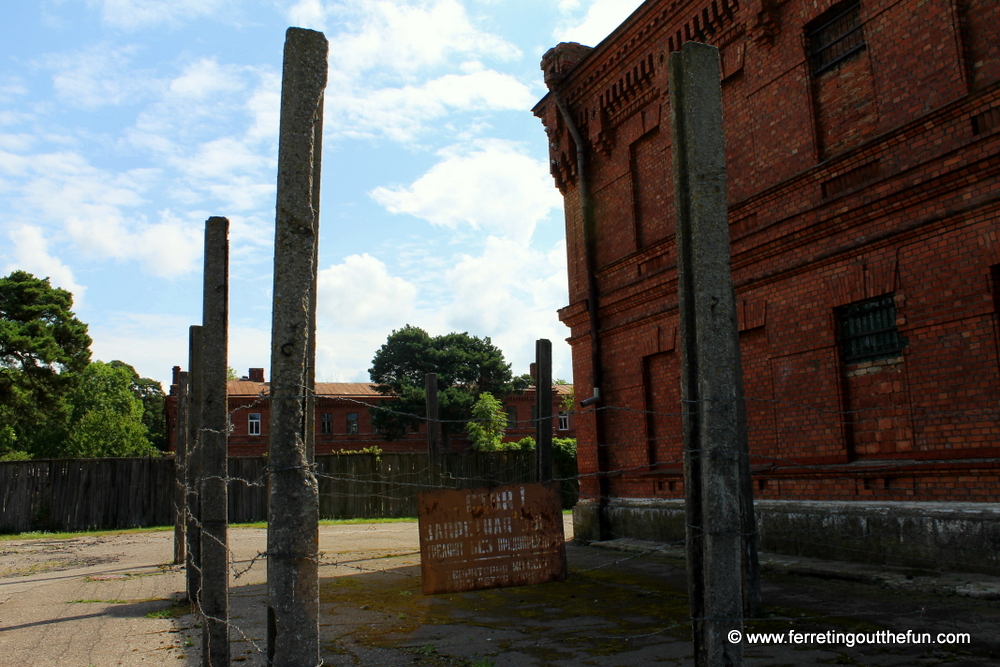
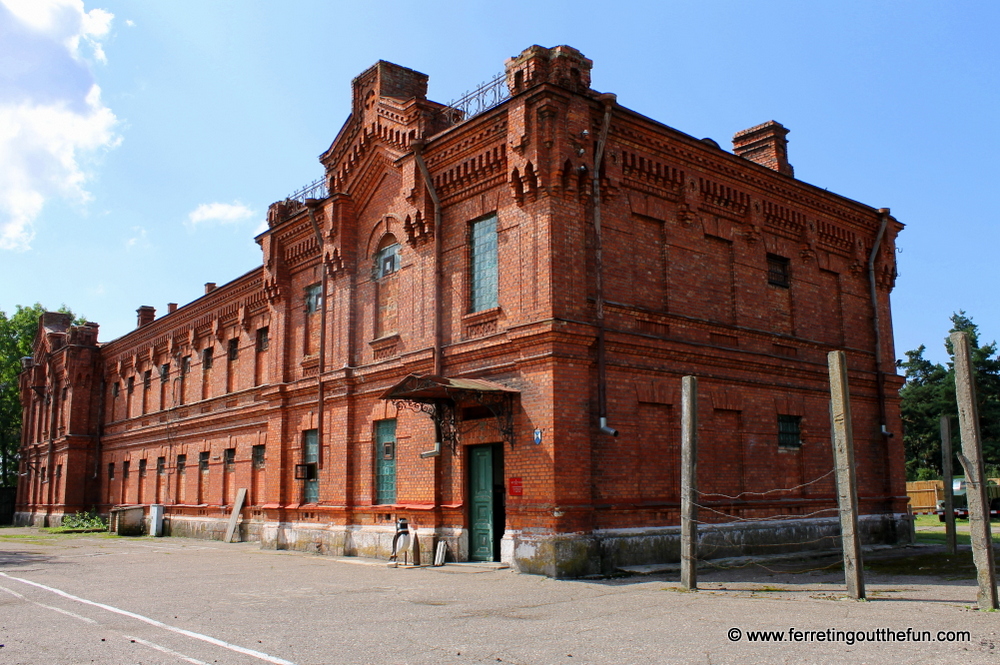
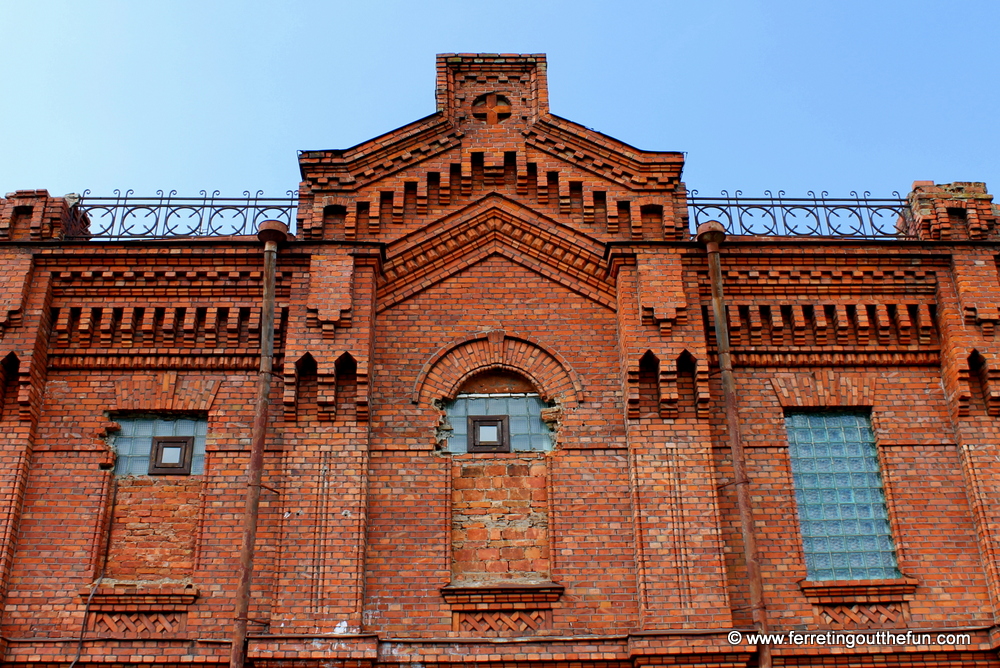
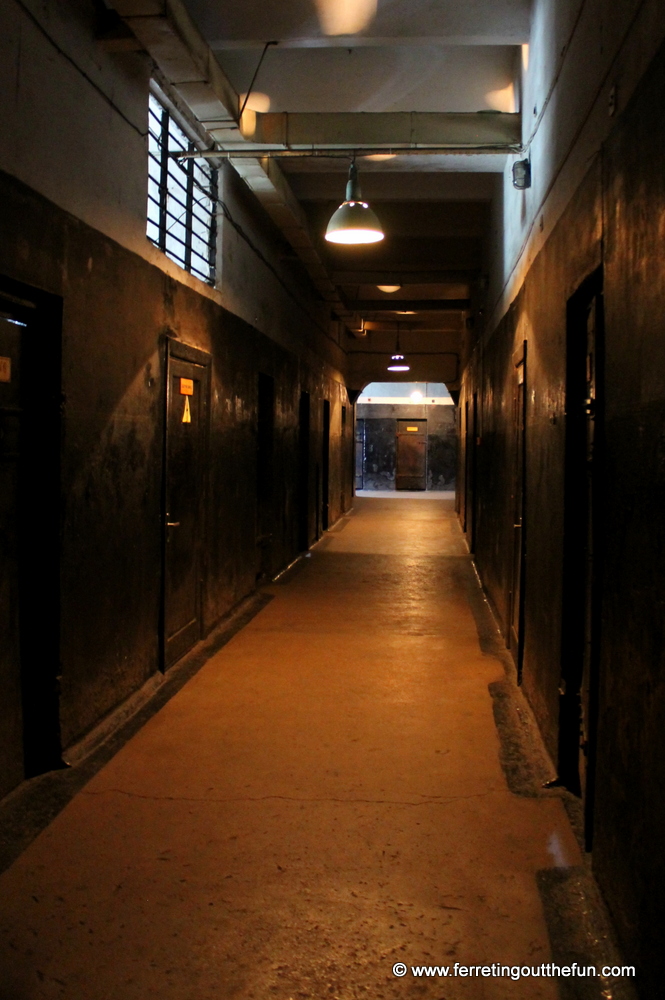
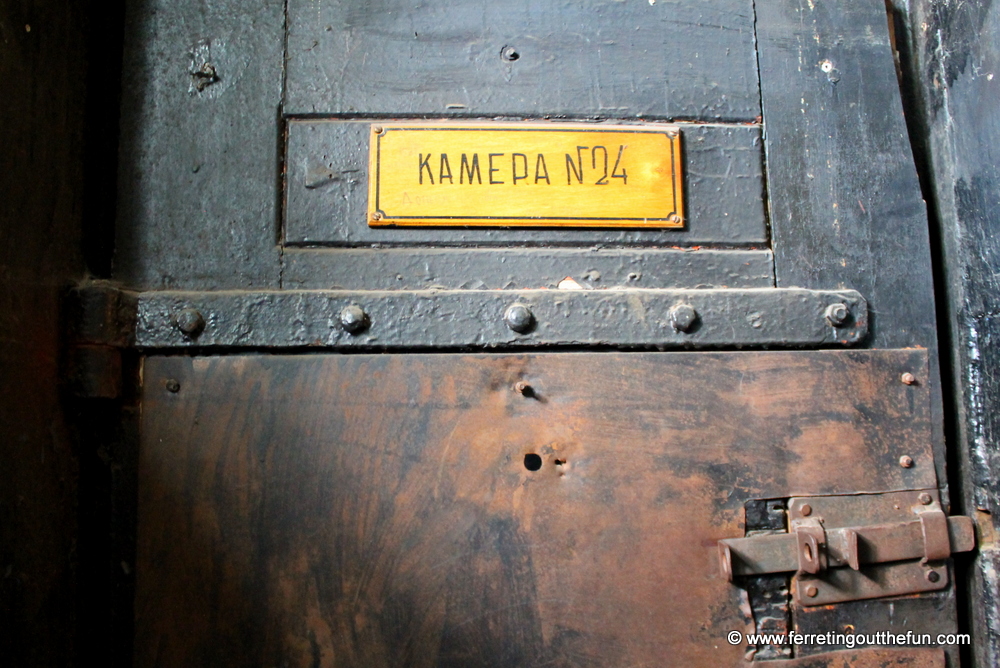
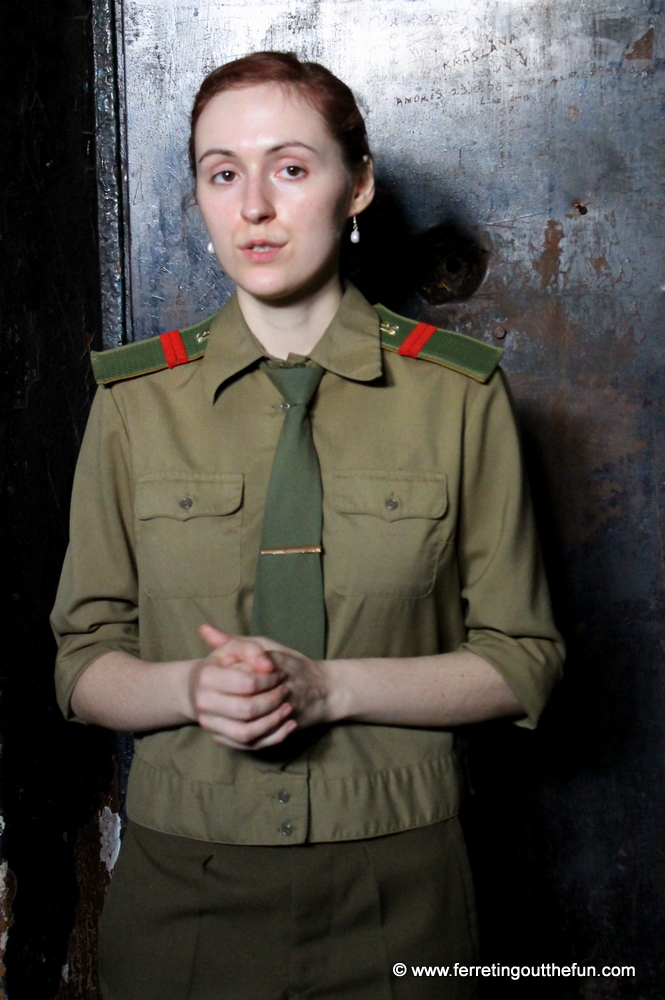
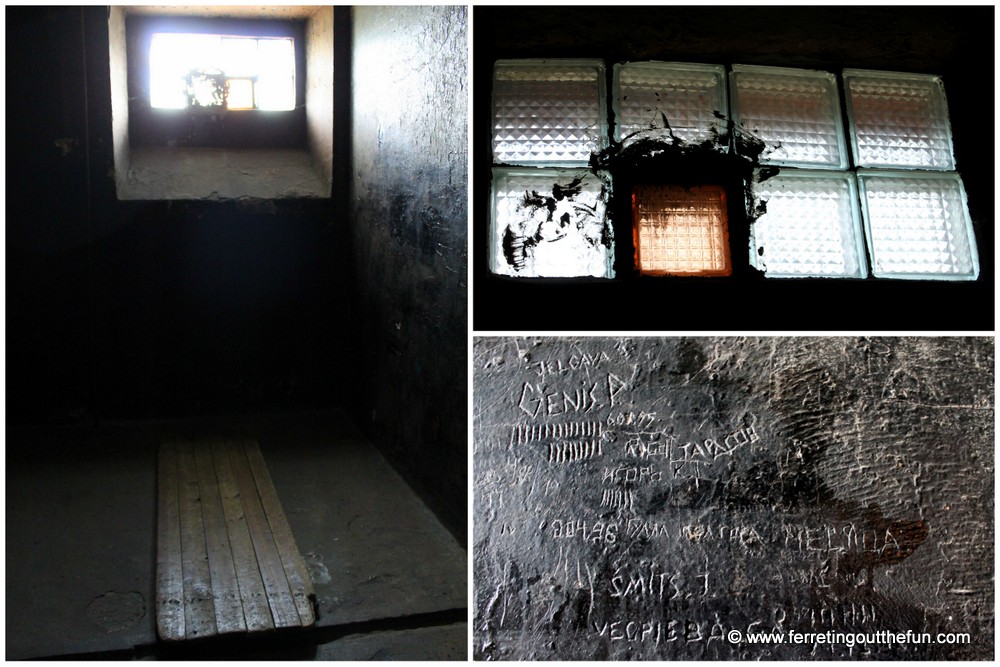
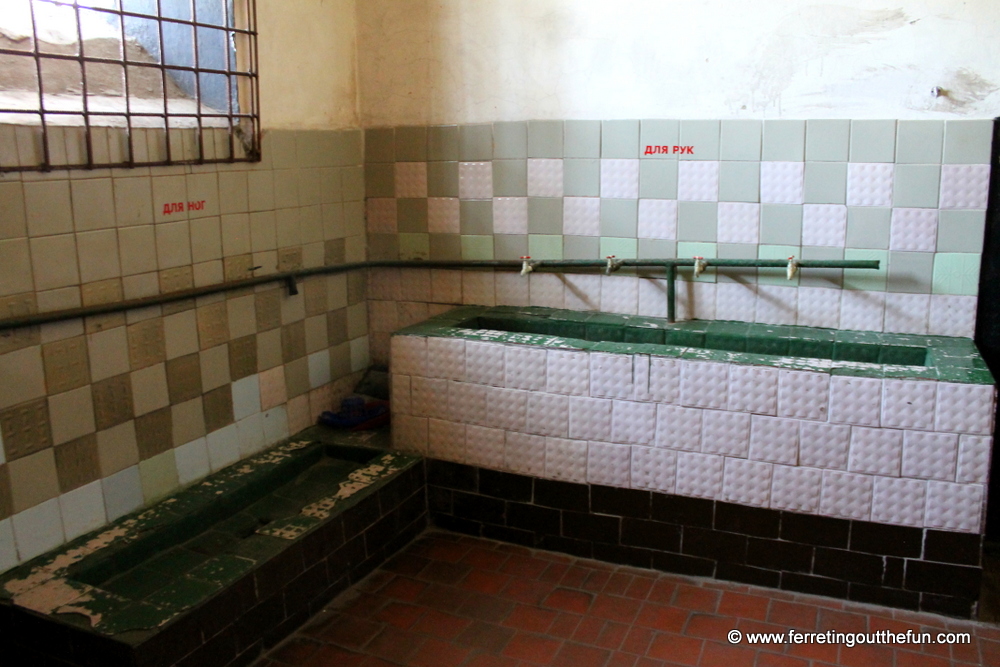

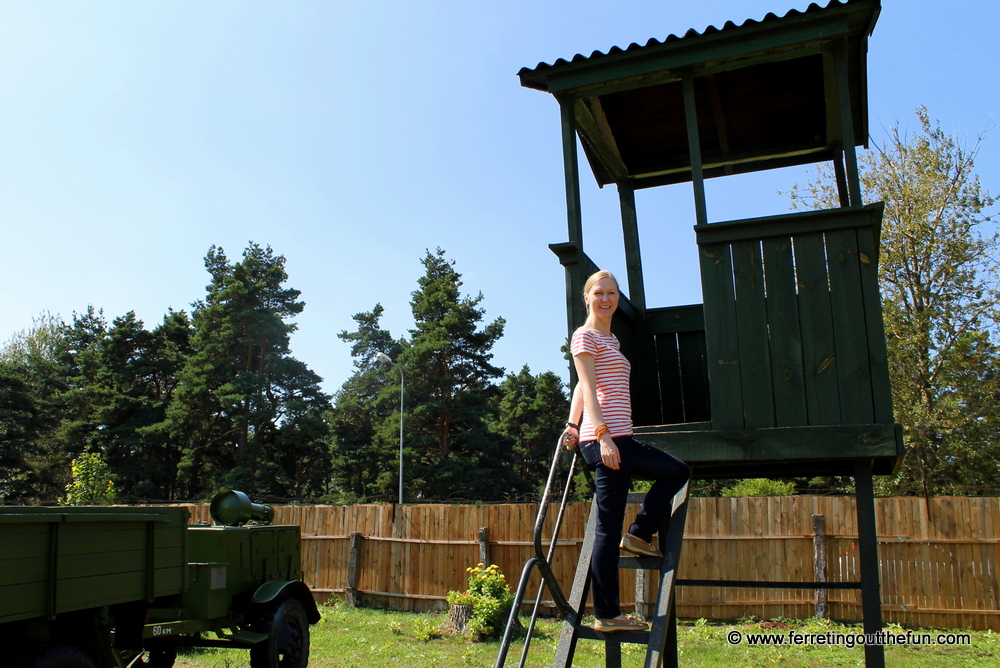

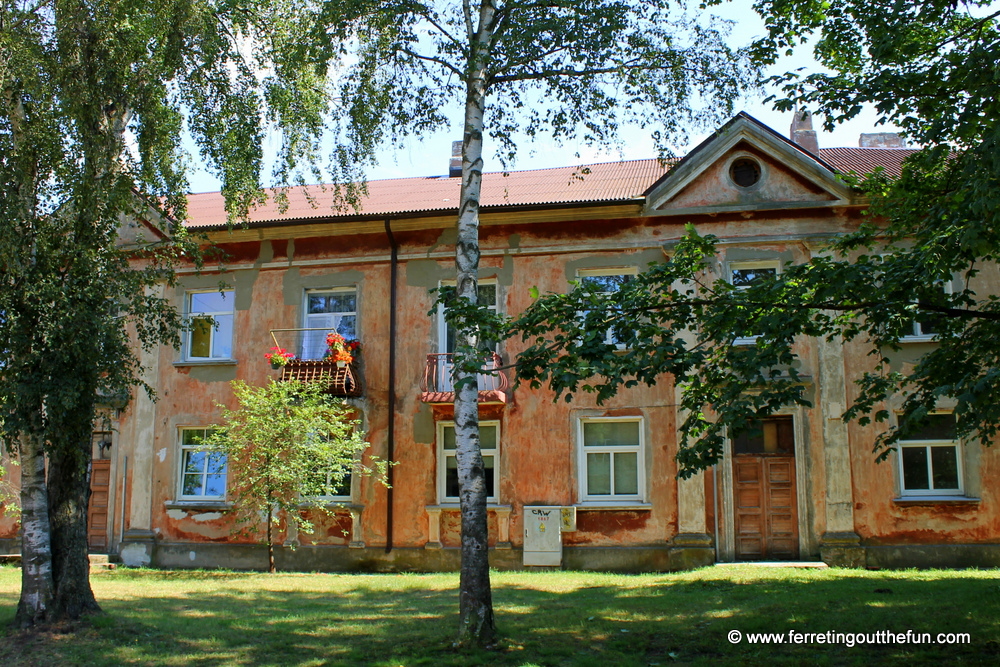
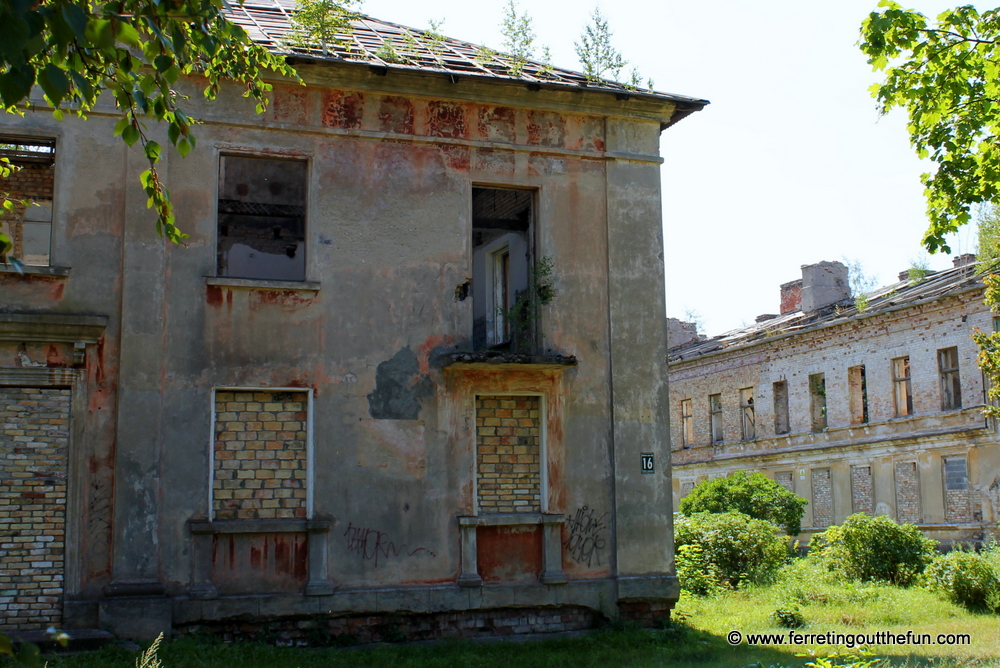


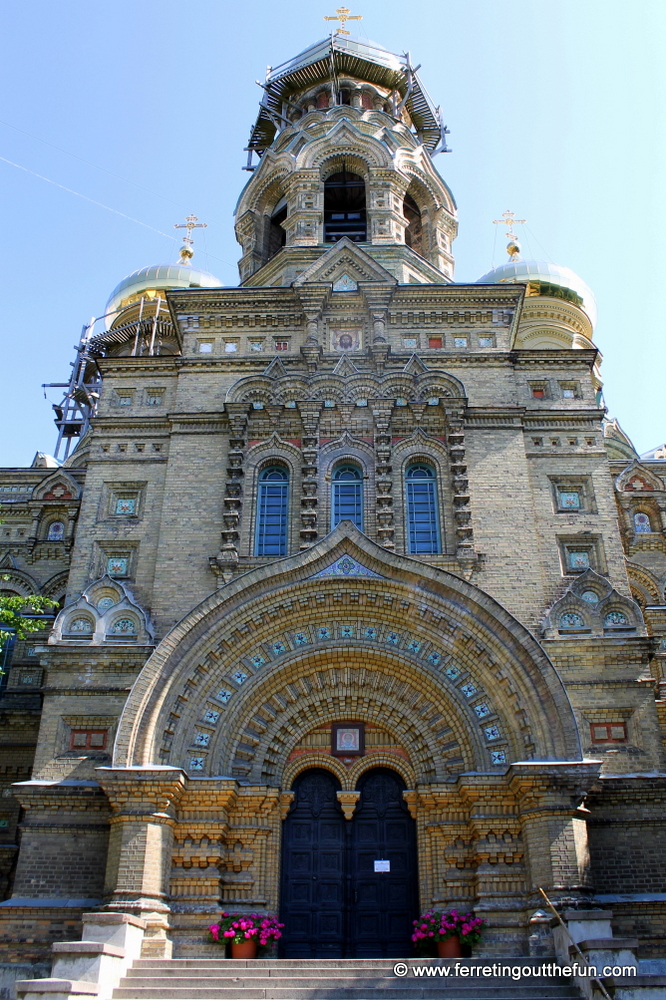
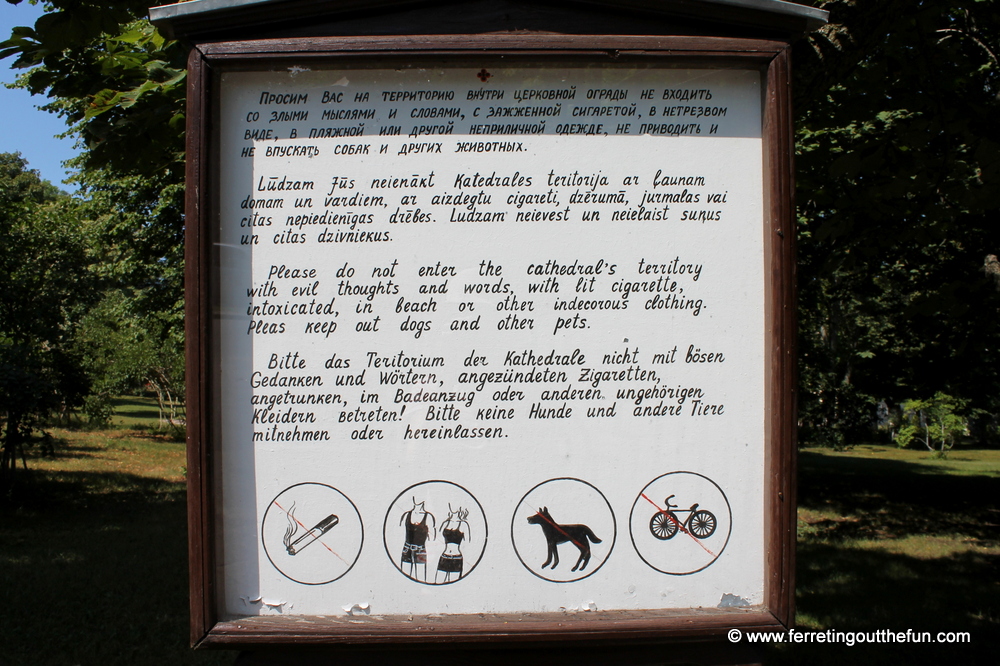

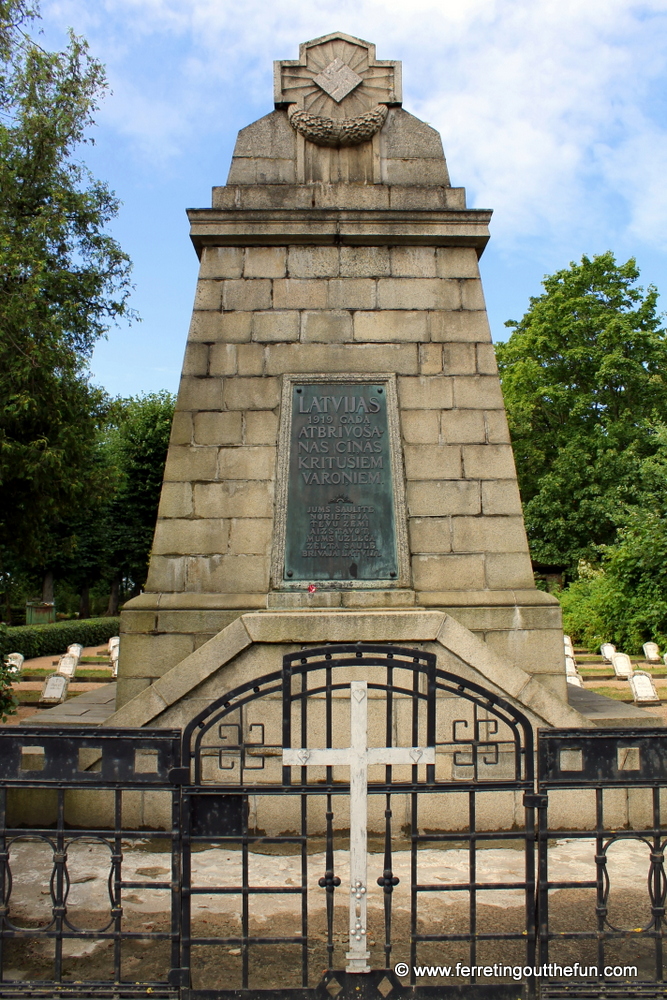


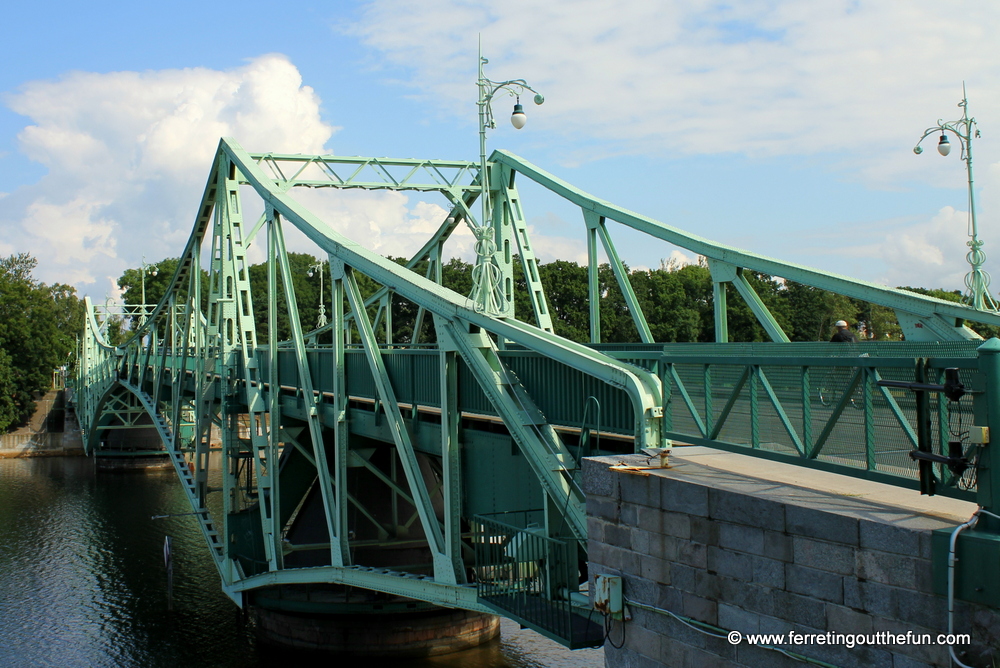
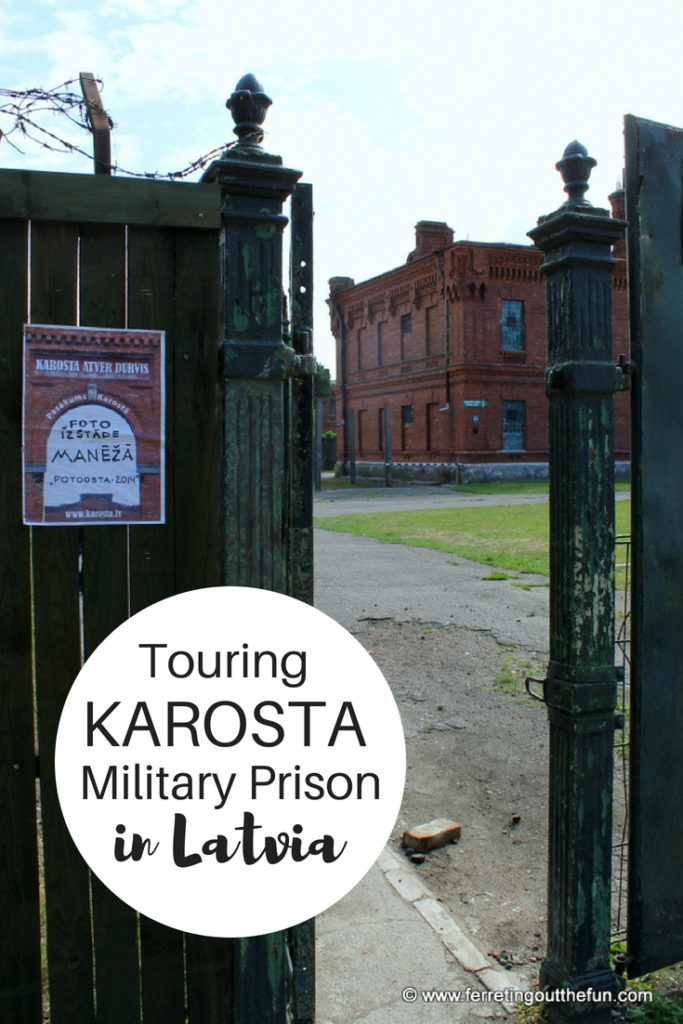
Looks like an interesting tour. Was the prison the only thing there to visit? That was a long walk – one I couldn’t have done. Your pictures are great as usual – that camera was such a good buy!
You could go inside the church, though it was prettier from the outside, and there were some fort ruins on the beach but we decided to save those for the next visit since that walk ate up so much of our time. The next post I share will be on the city itself – the third largest in Latvia!
I love Soviet architecture, there is something about it that makes it very special hence why I like this structure. If I had to and I was without any other choice I’d sleep in a former prison, why not? It would be pretty creepy though.
In addition to being able to spend the night, there are also several reality-type games visitors can play, where you are treated like a real prisoner. I read that they are popular with stag parties. I can only imagine!
How cool is that? I love exploring old buildings like that… and that cathedral is absolutely stunning!
Isn’t it an interesting place? I read that it’s the only former soviet prison in Europe that’s open for tours. The old KGB headquarters in Riga is also open to the public – I’ll have to check that out next!
Oh, and I went into several other gorgeous churches in Liepaja and could actually take photos inside. Check back soon for the next post!
That’s a very historical spot to explore. How did you find out about this place? Is it common?
We first learned about this place in our Latvia guidebook and had some locals recommend it as well. I think it’s definitely worth a visit!